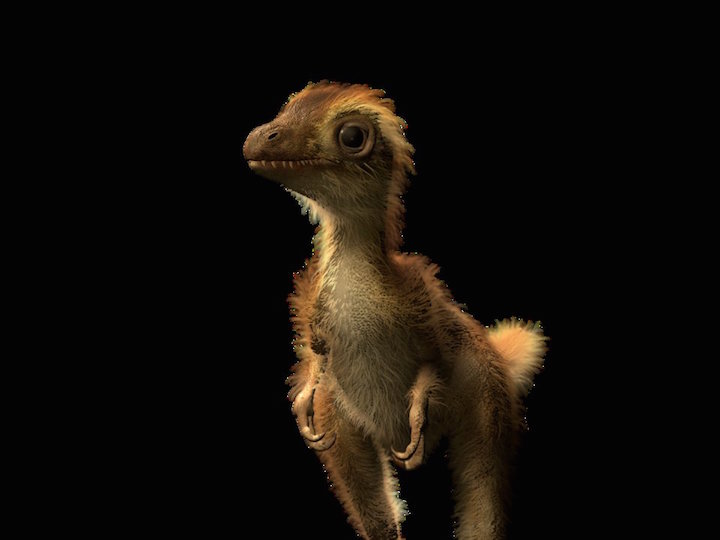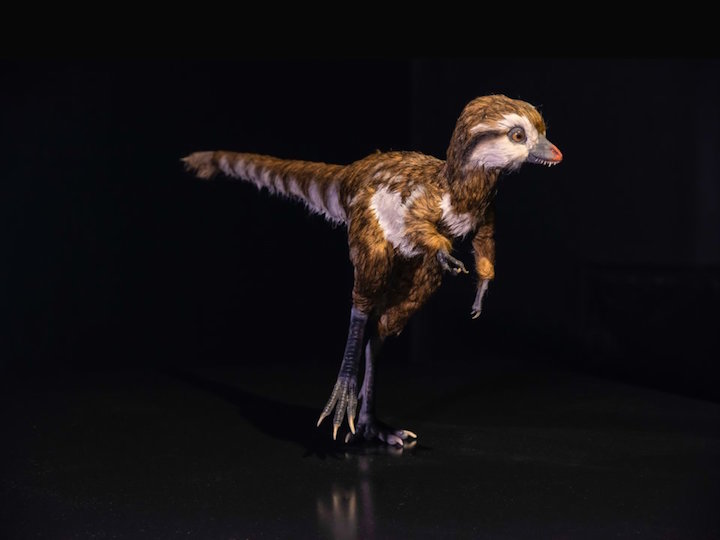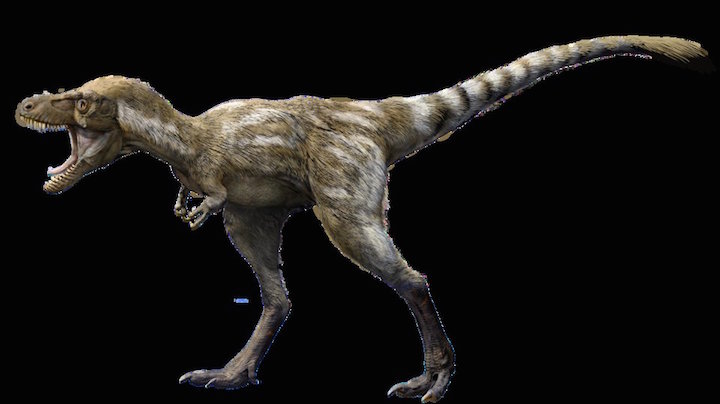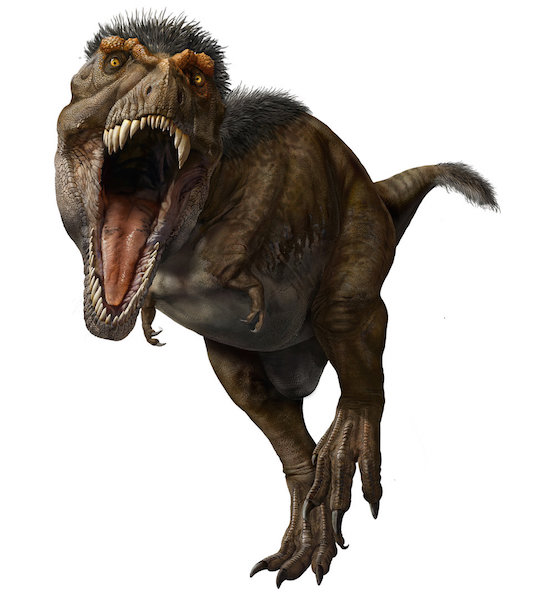When we talk about the T-rex or the Tyrannosaurus rex there is probably a singular image of them that comes to mind. A scaly, ferocious beast, most likely shaped from the figures that Steven Spielberg brought to life in Jurassic Park. New discoveries by paleontologists prove this image to be false. Instead of the ‘scaly predator’ we know them to be, they are actually closer to ‘feathered hunters with vulnerable infants’.
The American Museum of Natural History’s new exhibit, “T. rex: The Ultimate Predator”, shines a spotlight on an accurate depiction of the king of dinosaurs throughout its life cycle as well as other newly discovered facts. But let’s take it from the very beginning, shall we?
T-rex hatchlings are believed to have ‘sported fuzzy feathers like ducklings’. Rather than looking lizard-like, these dinosaur babies were closer in appearances to a duck or chicken. They also shared a similar vulnerability. Baby T-rexes were supposedly ‘weak’ and ‘helpless’, with the majority of them not living beyond the age of 1. They would often be at the mercy of predators, disease, accidents, or starvation.
A possible reason they were so vulnerable was that T-rex parents may not have cared for their young, either before or after hatching. While fossilized footprints do show Tyrannosaurs traveled together there is no evidence to say whether they acted as a pack or not. With baby T-rexes being the size of an average turkey, it’s easy to understand how vulnerable they might be without the protection of their parents.
However, those who did make it past the age of 1 would find themselves with impressive growth spurts. They would gain 1,700 pounds per year until reaching the full adult size at the age of 20. That would be gaining a total of 32,300 pounds as they matured! Additionally, the growth rings on dinosaur bones show that the T-rexes grew 5 times faster than the average human does.
Owing to that growth spurt, the T-rexes would quickly become dangerous predators once past the stage of infancy. The juvenile T-rexes (pictured below) were said to be ‘lithe and fast hunters’ versus adult T-rexes who relied more on brute strength and viciousness. Because of this, paleontologists theorize that the T-rexes were divided by age group in terms of habitat and hunting prey.
Despite the many jokes about their short arms, juvenile T-rexes actually used these arms (or more accurately, forelimbs) to snatch their prey. While their teeth were sharp enough to be blades, they weren’t strong enough to crush bones just yet — unlike adult T-rexes.
Grown T-rexes jaws were so large and powerful, they became the predator’s most deadly tool. They simply used their serrated teeth and sizeable jaws to catch and kill prey. Their bite had a force of 7,800 pounds and allowed them to ‘chomp through solid bone’.
In terms of other physical aspects, a fully mature T-rex could grow to 43 feet long and weigh up to 9 tons. They would end up shedding most of the feathers they had in their youth, coming closer to the scaly creatures we know them as.
(The World’s Largest Dinosaur Footprint Has Just Been Discovered)
Sadly (or not, depending on how you feel about dinosaurs), this king of dinosaurs never progressed beyond middle age. Experts at the American Museum of Natural History say that no T-rex ever lived past the age of 30.
Did we miss out on any little-known facts about T-rexes? Share them with us in the comments!
Source: BusinessInsider









